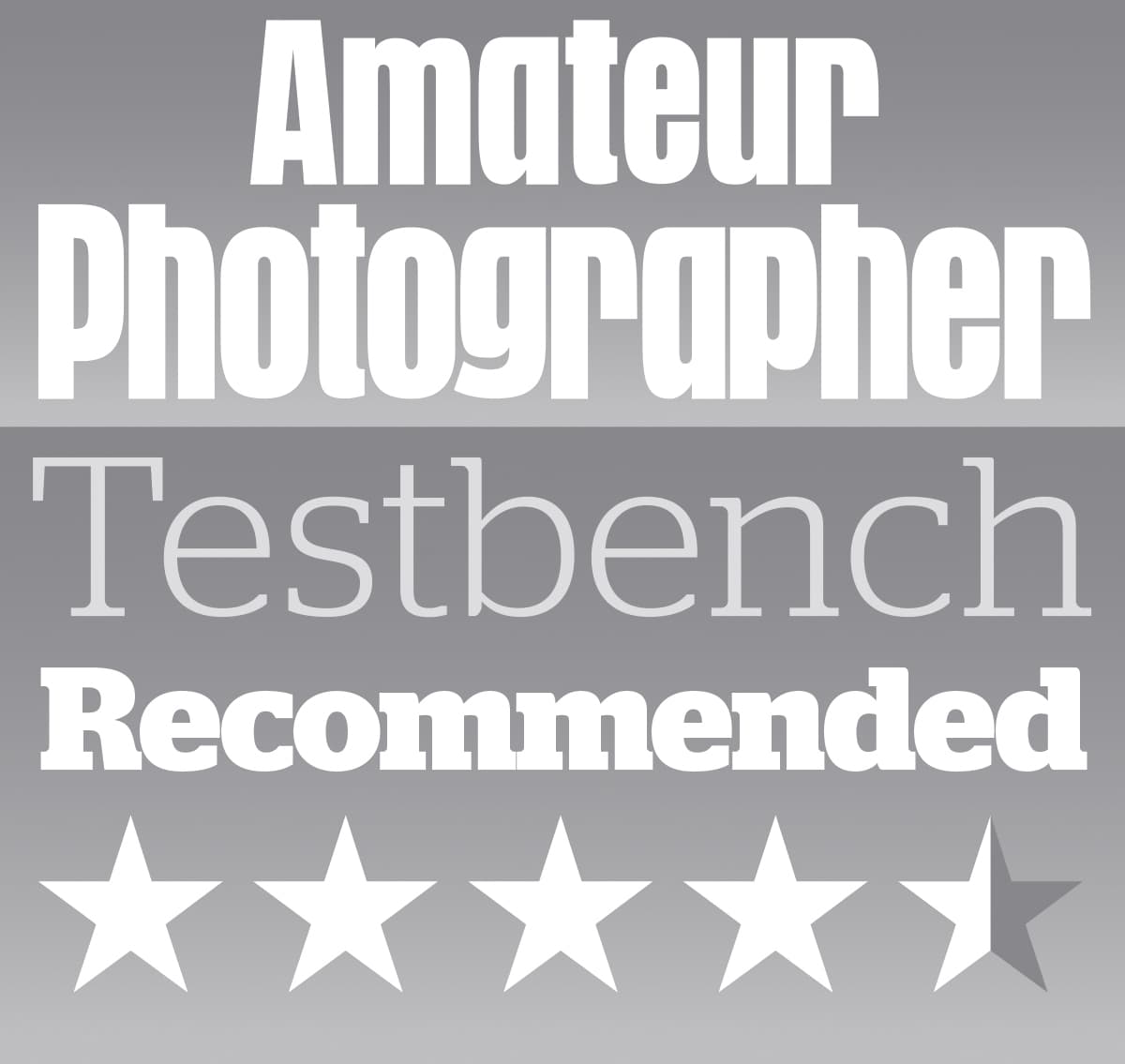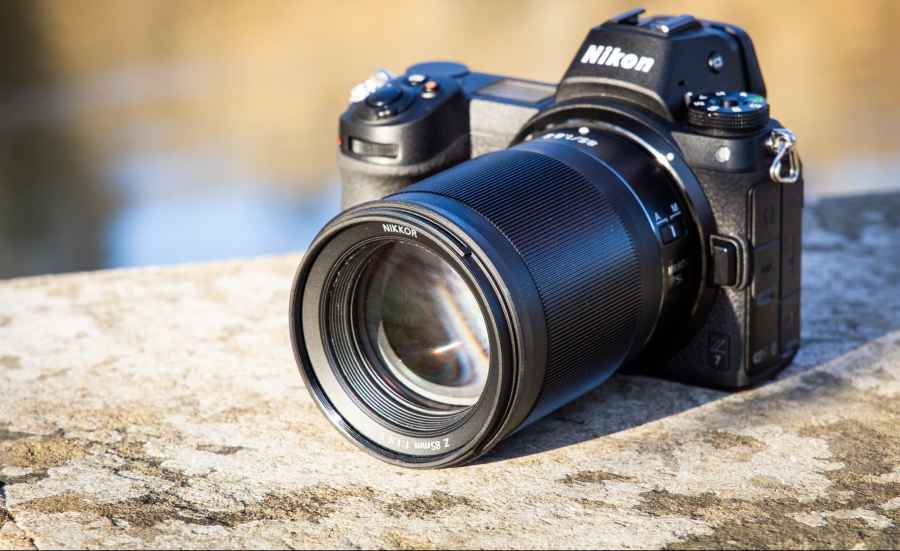Nikkor Z 85mm f/1.8 S review: Introduction
The arrival of the Z 50 into the ever-expanding Z series was an ideal time for Nikon to reveal its forthcoming plans for its Z mount lens lineup. The updated roadmap tells us there will be another DX-format lens – an 18-140mm (equivalent to 27-210mm) joining the two DX format zooms that were released with the Z 50.
Turning our attention to full frame S-Line lenses, a 20mm f/1.8, 50mm f/1.2 and 105mm Micro prime are in the pipeline as are a few zooms, which include a 24-105mm and 100-400mm. Two compact primes (a 28mm and 40mm) are also on the way, as are a couple of travel zooms covering 24-200mm and 200-600mm focal lengths.
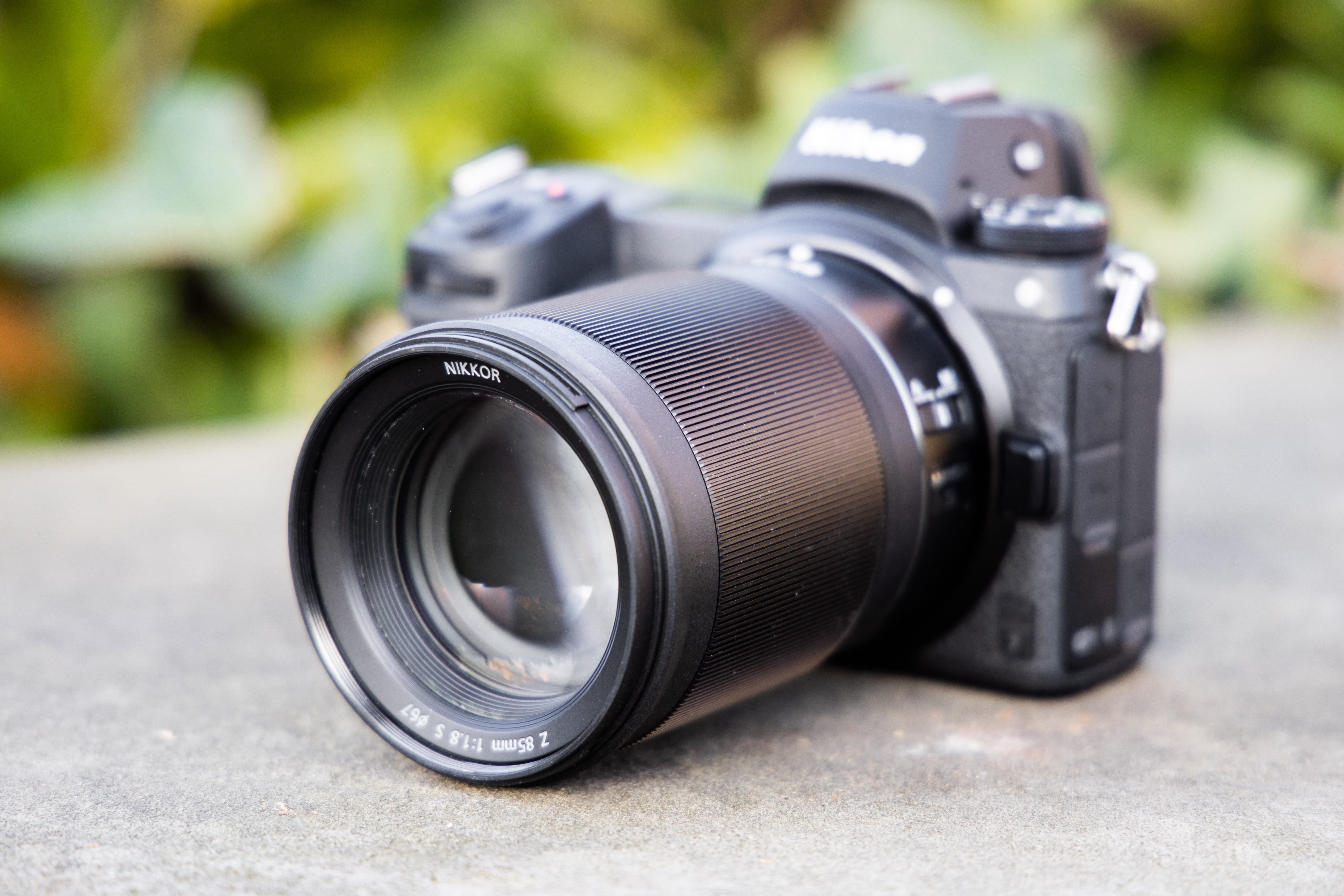
The Nikkor Z 85mm f/1.8 S is the first 85mm prime for Z mount cameras. Now that Nikon has announced a Z 50mm f/1.2 S will sit above the Z 50mm f/1.8 S, it suggests we may see a faster 85mm prime at some point in the future.
While we’re certain Nikon will offer many faster primes in future years, there’s currently only one Z mount prime covering the popular 85mm focal length commonly employed by the best lenses for portraits, which is the lens we’re looking at in this review. Having been impressed by the Z mount zooms we’ve tested of late, it’s time to find out if the Nikkor Z 85mm f/1.8 S lives up to our high expectations.
Nikkor Z 85mm f/1.8 S review: Features
Before we study the optical construction, it should be pointed out that as a full frame Z mount lens, the Nikkor Z 85mm f/1.8 is fully compatible with Nikon’s full-frame mirrorless cameras as well as DX-format models like the Z 50 that feature a smaller APS-C size sensor. Coupled to the latter, it becomes a practical and creative telephoto prime lens that’s equivalent to 127.5mm. With our review sample of the Nikon Z 50 yet to arrive, we opted to pair it with our long-term loan Nikon Z 7.

The design of the Z 85mm f/1.8 S is much in keeping with Nikon’s other Z-mount f/1.8 primes
The optical formula consists of a fairly basic arrangement of 12 elements in 8 groups. This includes a pair of ED (Extra Low Dispersion) elements to help correct chromatic aberrations and promises excellent sharpness and contrast, even when it’s used at its maximum aperture. Nikon has applied its Nano Crystal Coatings to eliminate internal reflections and reduce ghosting and flare, but unlike the recently reviewed Nikkor Z 24-70mm f/2.8 S, the lens doesn’t feature Nikon’s all-new ARNEO coating to compensate for light entering the lens from vertical angles.
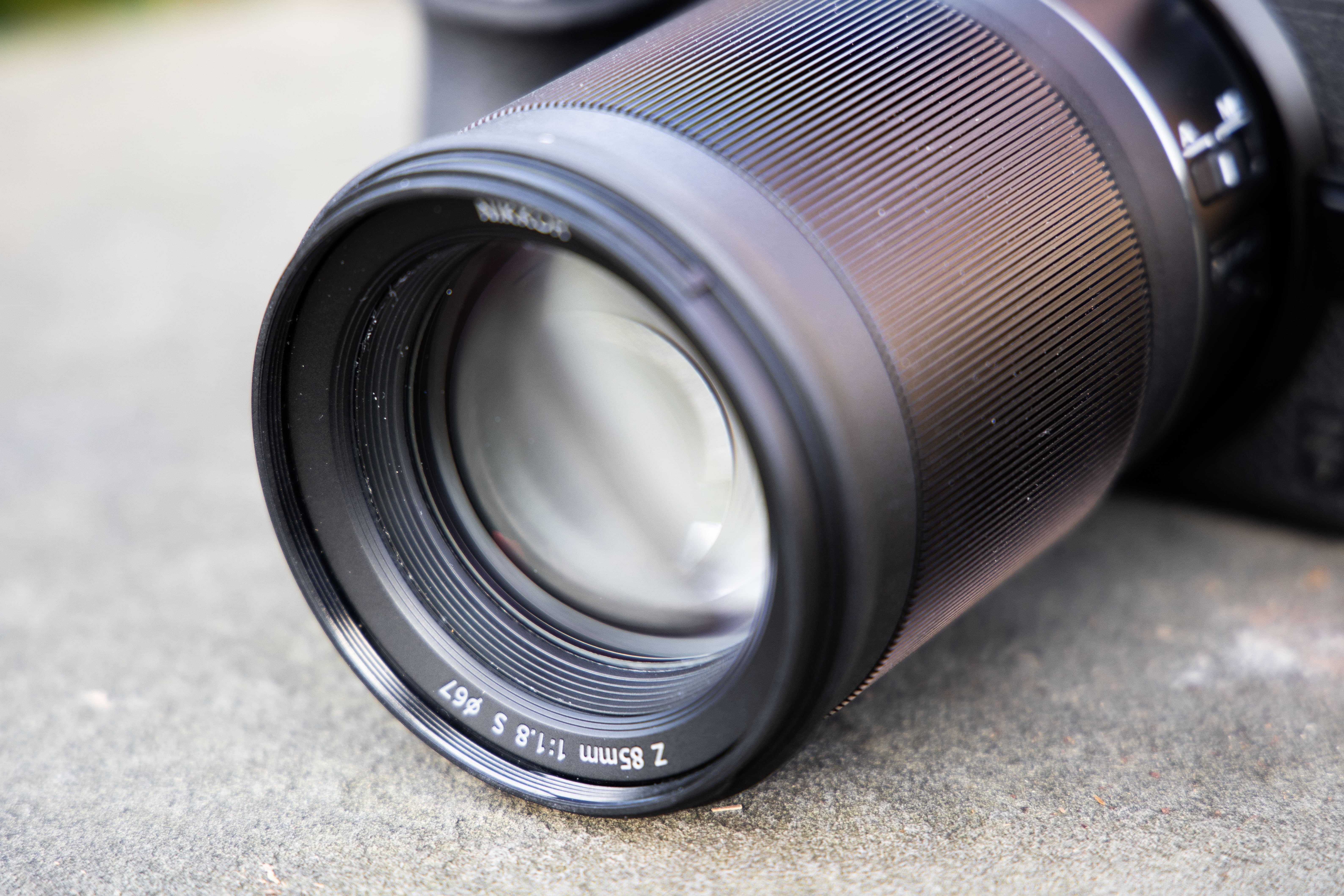
The lens accepts screw-in filters and adapters via a 67mm thread at the front
Unlike some 85mm primes, this example doesn’t feature optical image stabilisation. This isn’t an issue for Nikon Z 7 or Z 6 users who can take advantage of the effective in-body image stabilisation (IBIS) built into their cameras, but when it’s paired with cameras like the Z 50 that don’t benefit from IBIS, users will want to factor in that handshake is more susceptible and fast shutter speeds are required to counteract unwanted handshake creeping into images.
An internal focusing system is used to ensure the front element doesn’t rotate and the lens has a minimum focus distance of 80cm, allowing users to focus slightly closer than is possible with Nikon’s F-mount AF-S Nikkor 85mm f/1.4 G lens, which has a minimum focusing distance of 85cm.
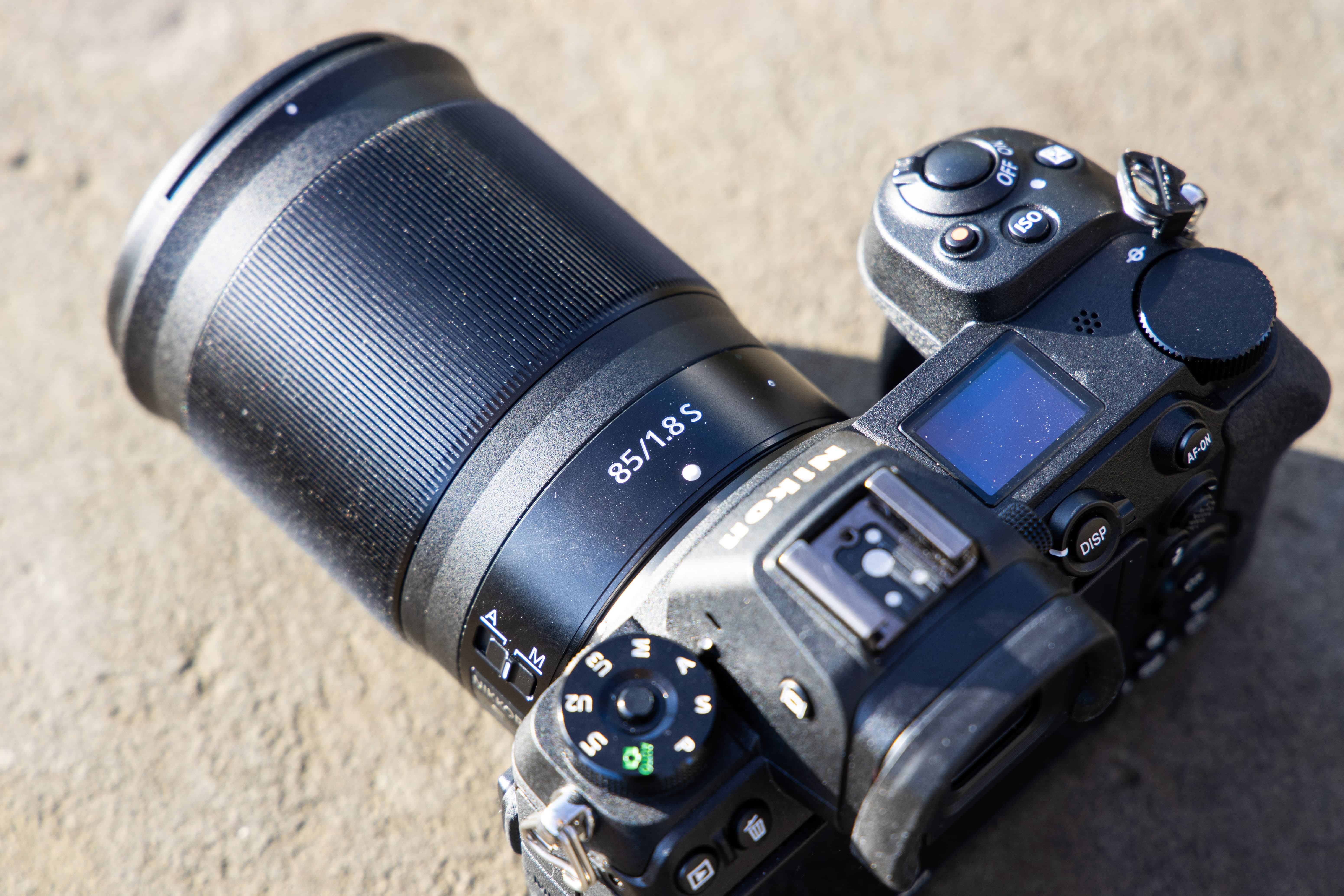
An overhead view giving an impression of the length of the lens coupled to the Nikon Z 7
In AF mode, the control ring can be assigned to aperture or exposure compensation from the custom control assignment option in the main menu, allowing instantaneous exposure changes to be made on the fly. Switch the lens over to manual focus and it’ll operate just like an ordinary focus ring. Other features include nine curved aperture blades that reproduce natural-looking bokeh and a filter thread that accepts screw-in filters and adapters of the 67mm variety.
As part of the boxed contents you receive lens caps for front and back as well as a plastic HB-91 lens hood and a CL-C1 lens case.
Nikkor Z 85mm f/1.8 S review: Build & Handling
One of the benefits of choosing a prime with a maximum aperture of f/1.8 as opposed to f/1.4 or f/1.2 is that they typically smaller and offer a good weight saving with a less complex optical design. Nikon hasn’t yet made a 85mm f/1.4 or f/1.2 for the Z mount so we can’t form a comparison, however we can compare it against other 85mm mirrorless lenses on the market.
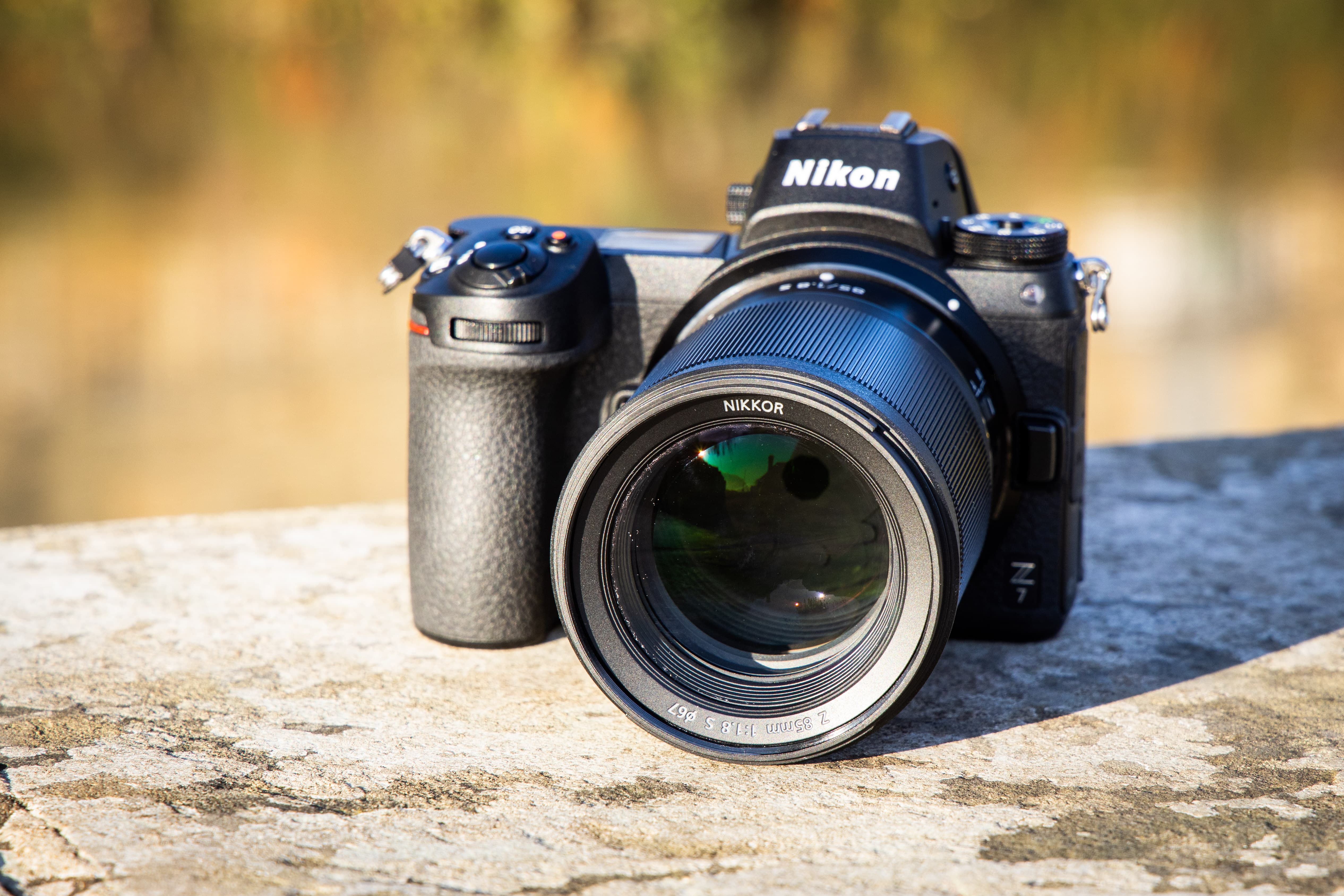
The Nikon Z 7 and Z 85mm f/1.8 S have a combined weight of 1,145g
One of its closest rivals is the Sony FE 85mm f/1.8, which is £110 cheaper, 100g lighter and has a shorter barrel. Canon is yet to make a 85mm f/1.8 lens for its EOS R mirrorless system, opting instead to make the finest 85mm prime they can. Its pro-spec RF 85mm f1.2 L USM is beast of a lens, weighs a hefty 1195g and works out at £2000 more than the lens we’re looking at here.
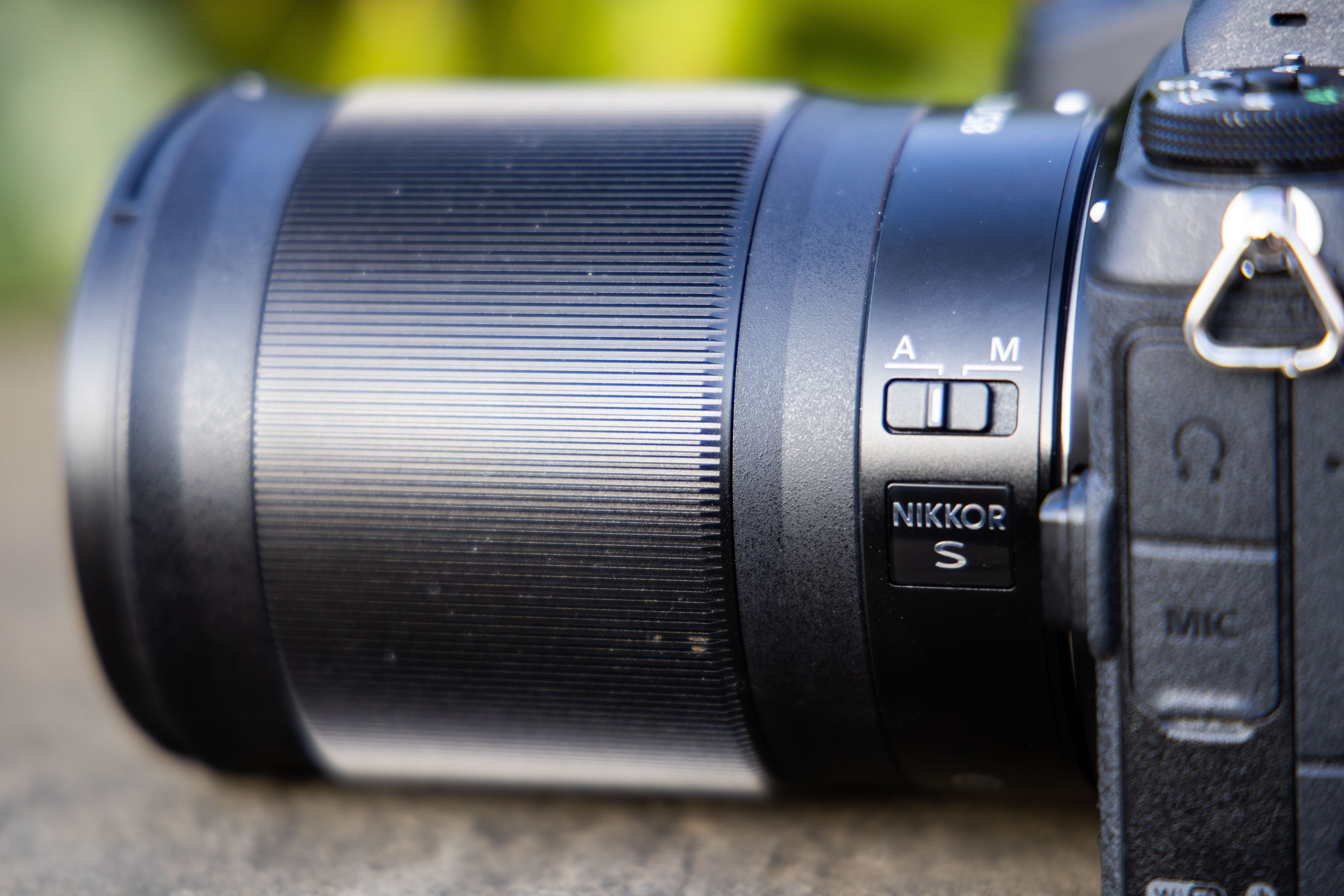
With no optical image stabilisation or focus distance limit, there’s just one switch to be found at the side of the barrel to control AF/MF
The design of the Nikkor Z 85mm f/1.8 S matches the styling of Nikon’s other S-Line primes. It’s a few millimeters longer than the Z 24mm f/1.8 S and has a robust metal mount with a rubber seal around its perimeter to prevent moisture, dust and dirt creeping in. As we’ve mentioned when we’ve reviewed other Nikon S-Line lenses, all moveable parts of the barrel are sealed to guard it against dust and water droplets.

The 11-pin contacts clearly on show at the rear. A rubber seal is used around the perimeter of the mount to form a dust and moisture resistant seal between camera and lens
The AF/MF switch is modest in size compared with some lenses, however I had no difficulty locating it with my thumb from behind the Z 7. You don’t get luxuries like a focus distance window, L-Fn button or display panel, but having the option to control exposure compensation or aperture from the large control ring is great to have. It isn’t rubberised like some focus rings, but is finely grooved and rotates very smoothly. Using it to perform precise focus adjustments in manual focus mode was a pleasure.
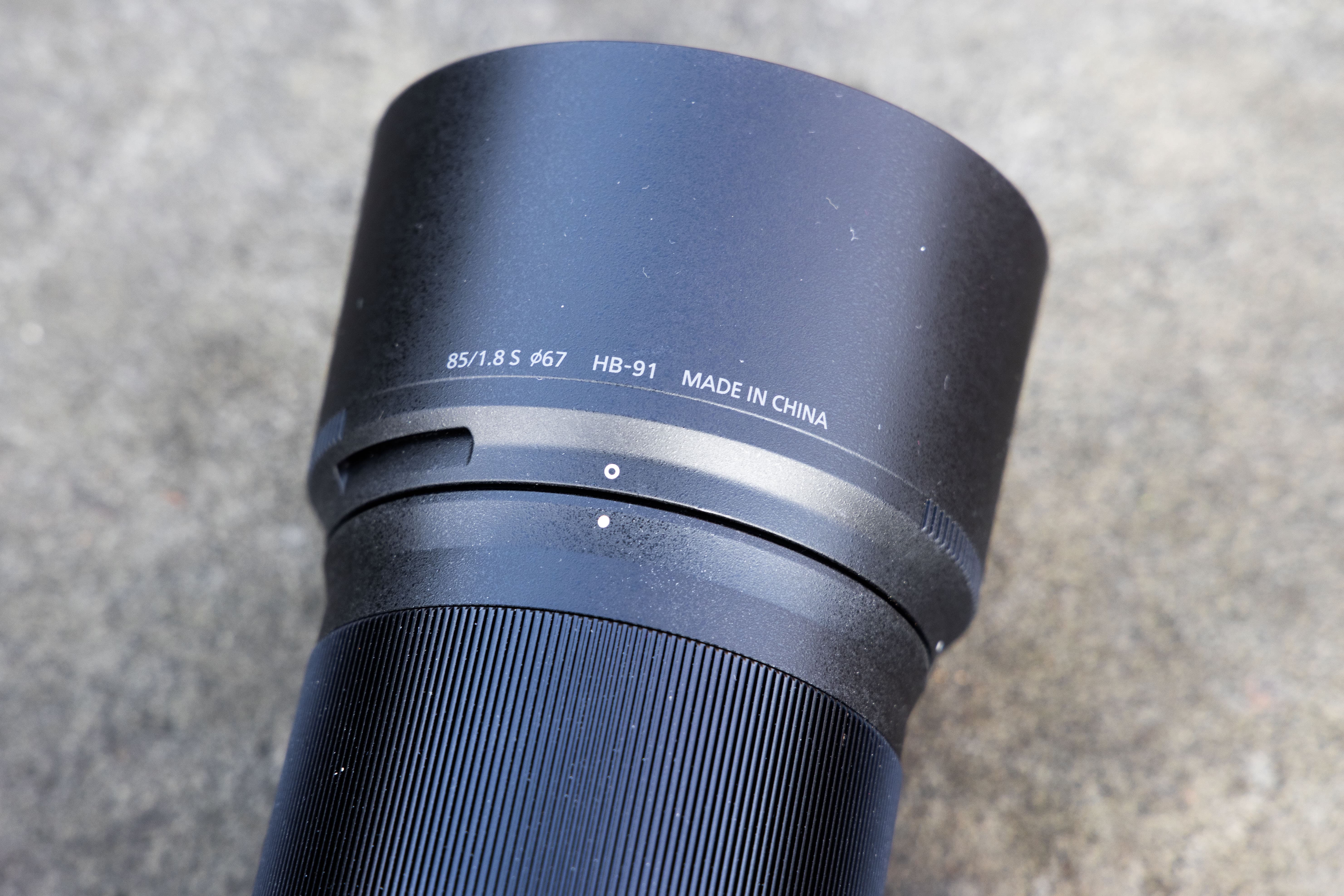
The lens come supplied with a fairly long lens hood made from plastic (HB-91)
Towards the front of the lens you’ll find a white dot, which when aligned with the white circle on the hood offers visual confirmation that it’s attached correctly. The plastic lens hood secures with a secure click, but doesn’t feature a release button.
Nikkor Z 85mm f/1.8 S review: Autofocus
The lens incorporates a focusing system that consists of two AF drive units that are precisely synchronised to deliver fast, accurate autofocus. This is a similar arrangement as used within the Nikkor Z 24-70mm f/2.8 S lens that we reviewed recently.
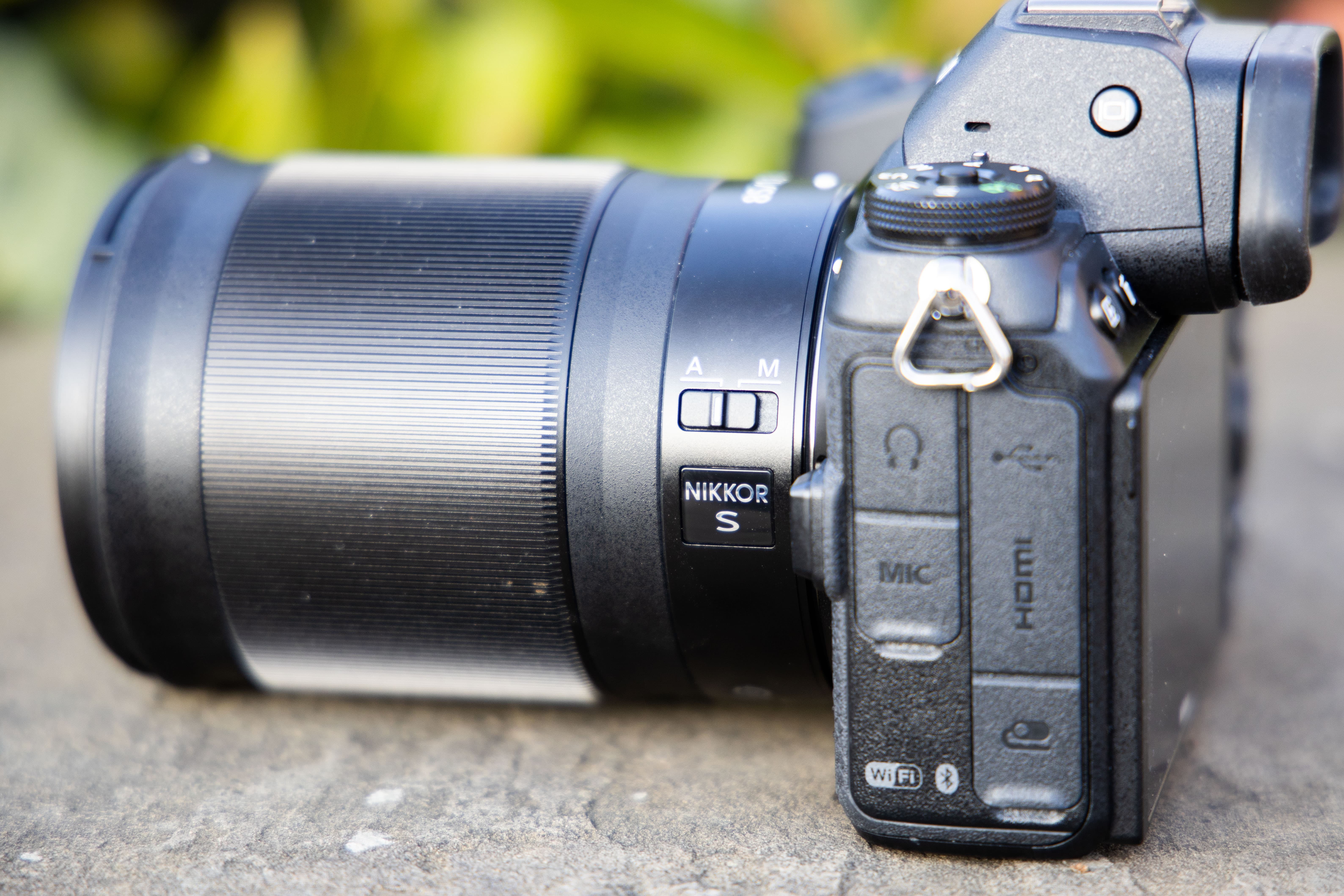
Extensive testing revealed the stepping motor goes about its business in a smooth, quiet and accurate manner. Holding the lens to my ear in a quiet environment did allow me to detect a subtle, high frequency whir when focusing between near and far subjects, but this is overridden by ambient sounds outdoors and wasn’t detrimental to audio recorded whilst shooting video.
The control ring rotates silently too so you can rest assured knowing adjustments can be made to exposure or focus without interrupting movie footage.
Nikkor Z 85mm f/1.8 S review: Image Quality
To give the lens a good workout, I used it over several weeks to photograph a range of different subjects, from documenting the London to Brighton veteran car run and a local hill climb to using it on a professional portrait shoot. During this time I became particularly fond of the lens and it became my go-to prime for capturing flattering portraits and eye-catching documentary images.

Nikon Z 7 & Nikkor Z 85mm f/1.8 S, 1/500sec at f/1.8, ISO 250
After critically inspecting my images on the computer, I found the optical quality, even with a demanding high-resolution model like the Nikon Z 7, to be impressive. Although the level of blur that’s created behind subjects at f/1.8 isn’t as dreamy as that created by an f/1.4 or f/1.2 prime lens of similar focal length, the quality of the bokeh is very pleasing on the eye.

Nikon Z 7 & Nikkor Z 85mm f/1.8 S, 1/400sec at f/1.8, ISO 3200
As you’d expect, the lens produces its sharpest results when it’s stopped down by a few stops. Closing the aperture from its widest opening to f/4 or f/5.6 sees sharpness increase right across the frame, with the sweet spot of sharpness being located close to f/6.3. Edge sharpness catches up with centre sharpness around f/8, with sharpness dropping off beyond this point as diffraction begins to take its toll. Based on this its no surprise Nikon decided to restrict the minimum aperture to f/16.
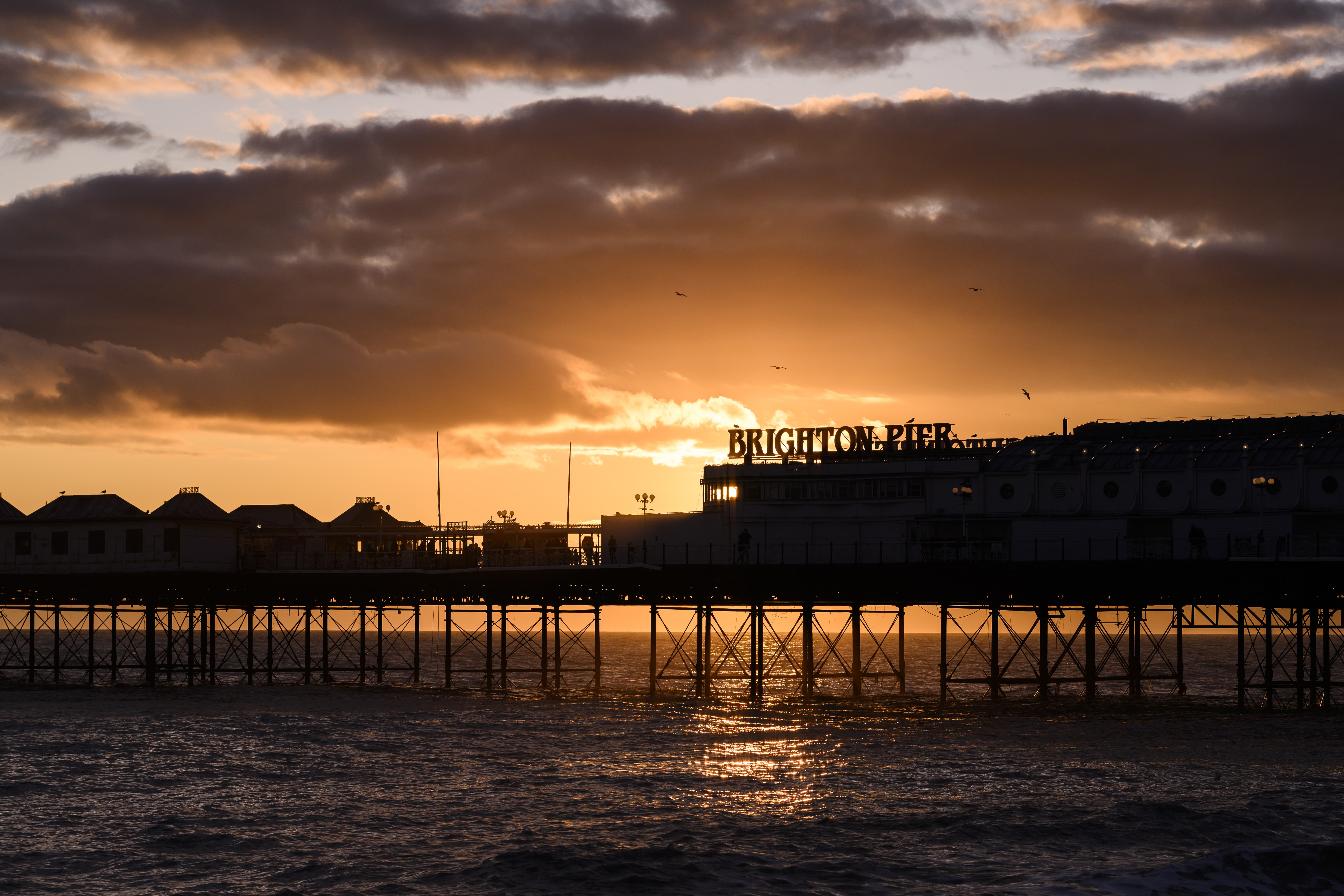
Nikon Z 7 & Nikkor Z 85mm f/1.8 S, 1/6400sec at f/4, ISO 200
The Nikon Z 7, like the Z 6 and Z 50, embeds lens correction profiles for Z-mount lenses like the 85mm f/1.8 S into its raw files, which are automatically applied by software like Adobe Camera Raw and Lightroom to keep optical flaws like distortion, chromatic aberration and vignetting in check.
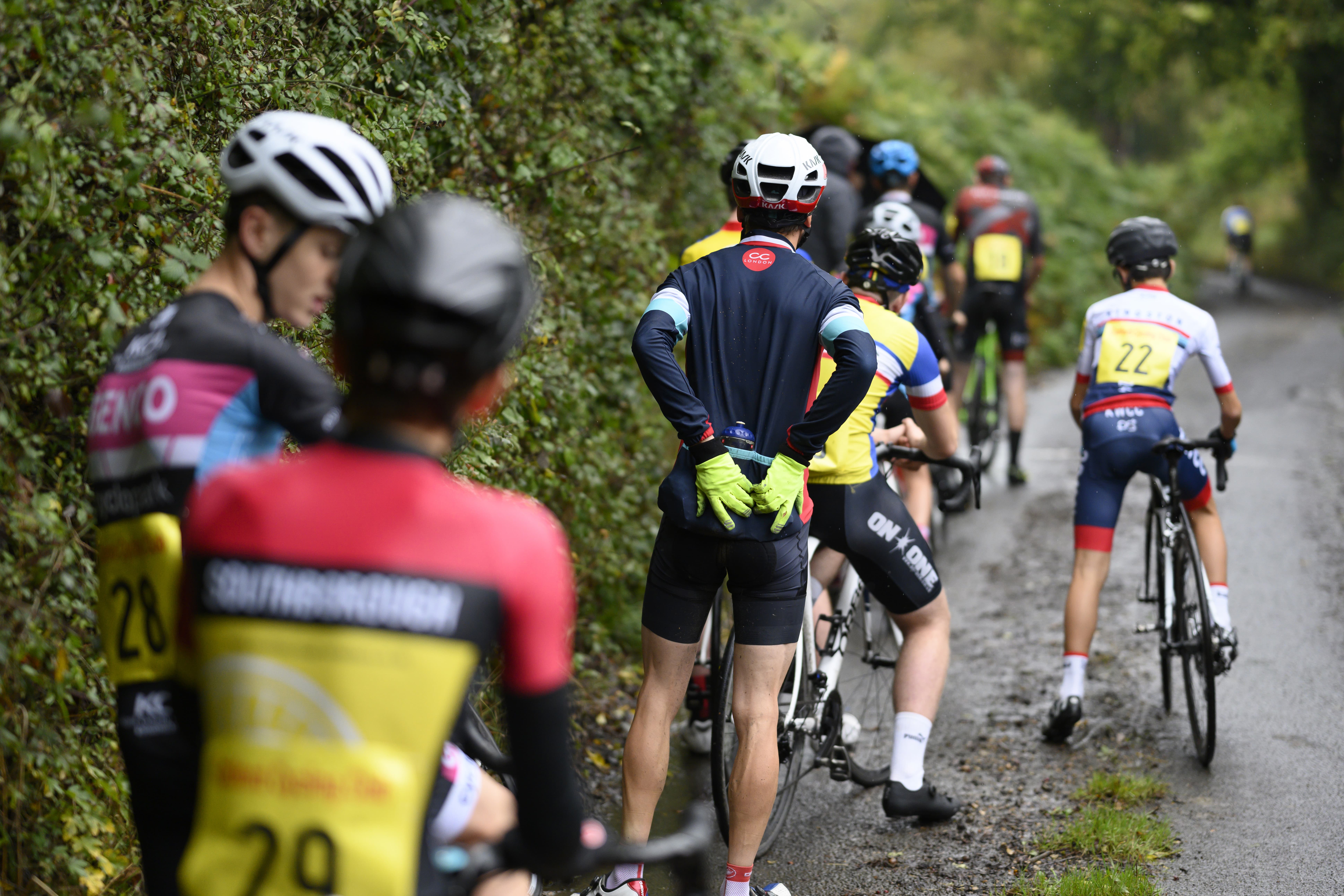
Nikon Z 7 & Nikkor Z 85mm f/1.8 S, 1/1600sec at f/1.8, ISO 800
A close inspection of images confirmed chromatic aberrations are handled effectively by the lens profile and I couldn’t trace any offensive fringes of colour along high contrast edges. Vignetting is lessened to some extent by the embedded lens profile, but doesn’t remove it entirely. The corner shading is gentle and tasteful at wide apertures so I can see most users embracing the vignetting rather than attempting to remove it. Lastly, there was no sign of curvilinear distortion.
Nikkor Z 85mm f/1.8 S review: Resolution, shading and curvilinear distortion
Resolution
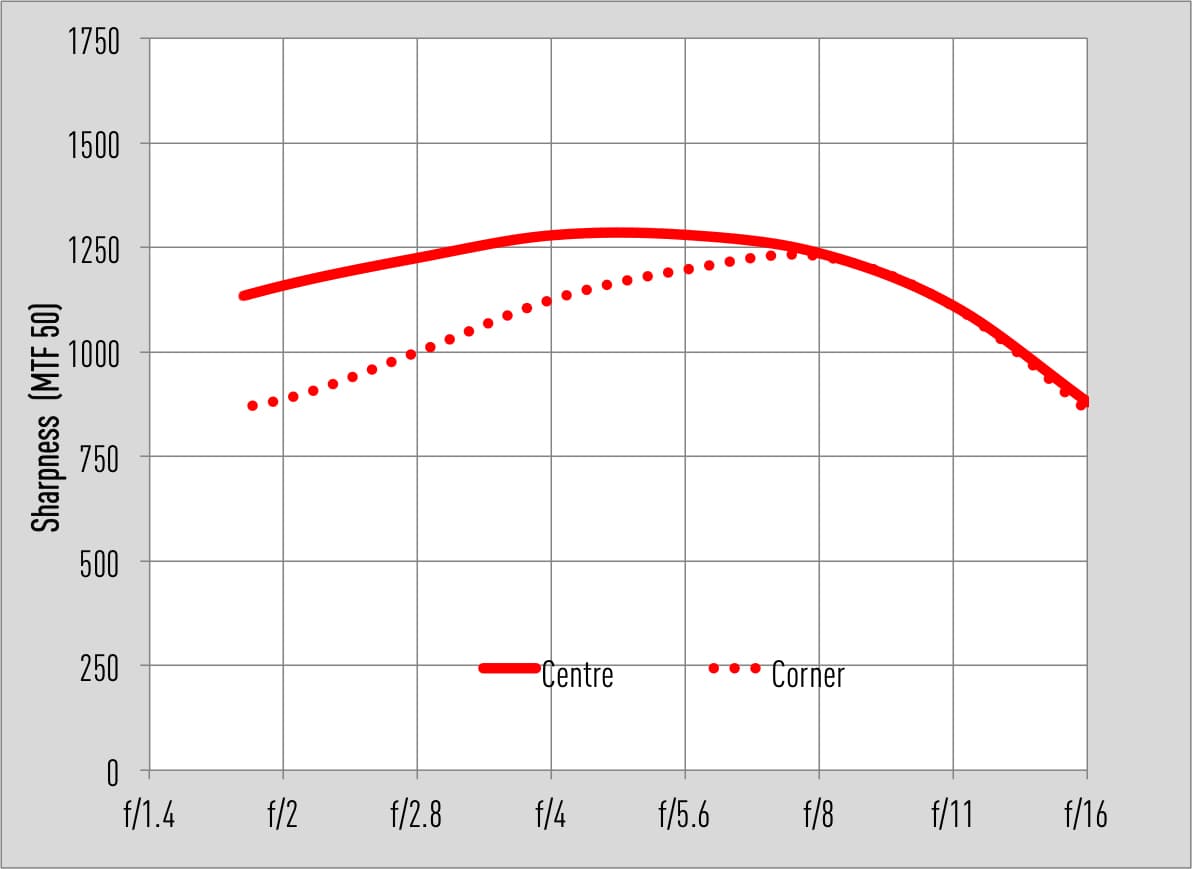
Nikkor Z 85mm f/1.8 S on Nikon Z 7
Our Image Engineering MFT tests match our findings from real-world testing. The solid red line indicates the lens is sharper at the centre than at the edge between f/1.8 and f/8. Centre sharpness peaks between f/4 to f/5.6, with corner sharpness continuing to improve as the aperture is stopped down to f/8. To achieve the very best sharpness across the frame users will want to work between f/5.6 and f/8. The introduction of diffraction beyond f/8 sees sharpness decline quite quickly.
Shading
Using the lens at its maximum aperture of f/1.8 does introduce vignetting, however it’s very tasteful and can be used effectively to help draw viewers eyes into the heart of an image. Stopping the lens down from f/1.8 to f/2.8 sees corner shading reduce and by f/4 it’s untraceable. Those who opt to shoot in the JPEG format can remove corner-shading in-camera or choose to retain it from the Vignette control options.

Nikkor Z 85mm f/1.8 S @ f/1.8
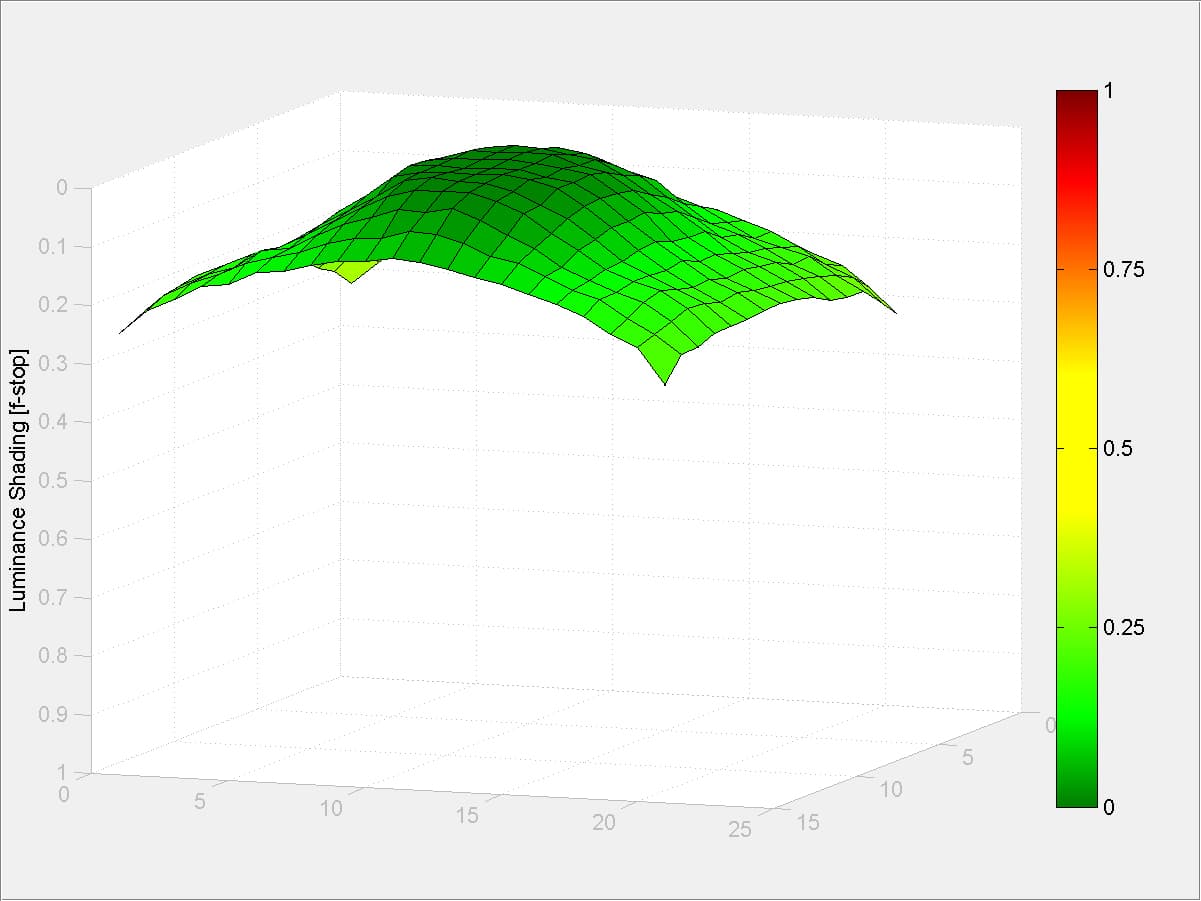
Nikkor Z 85mm f/1.8 S @ f/2.0
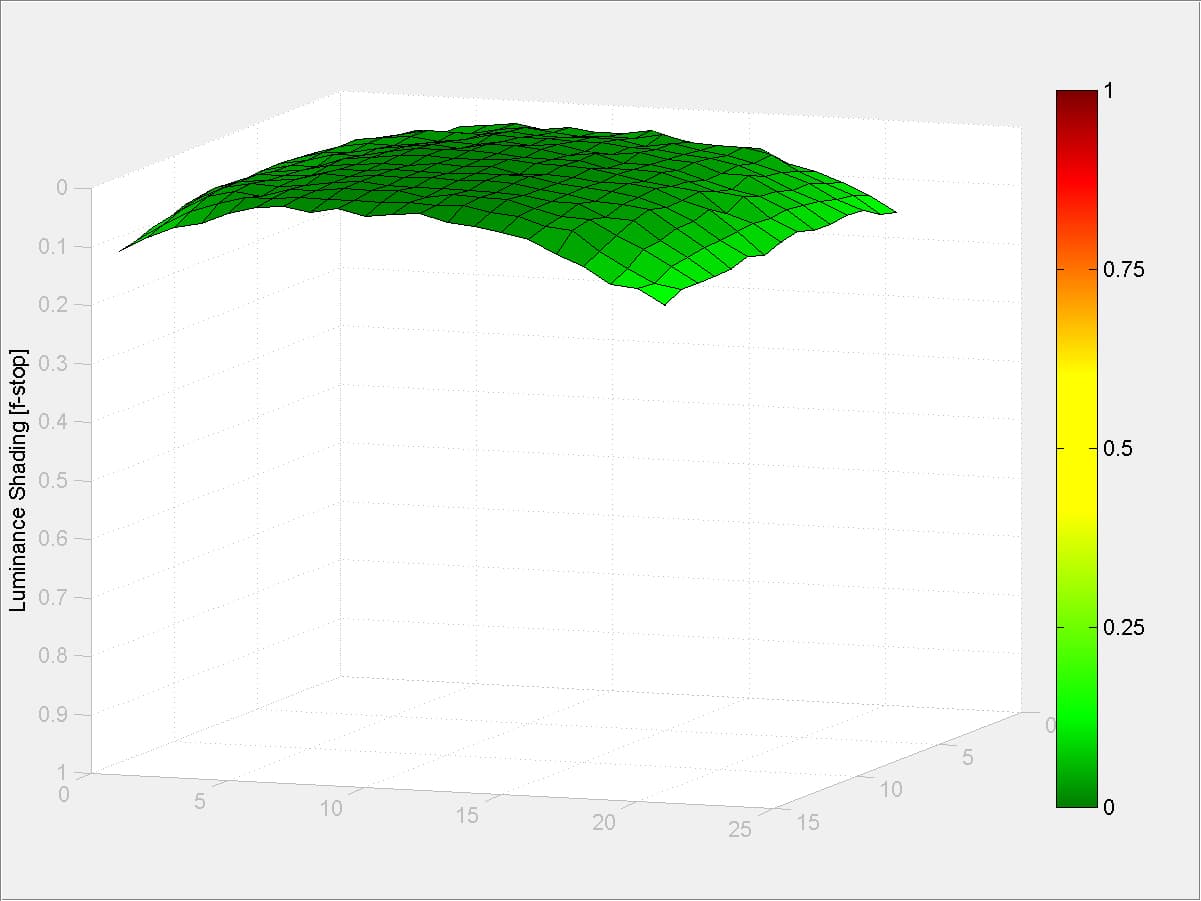
Nikkor Z 85mm f/1.8 S @ f/2.8
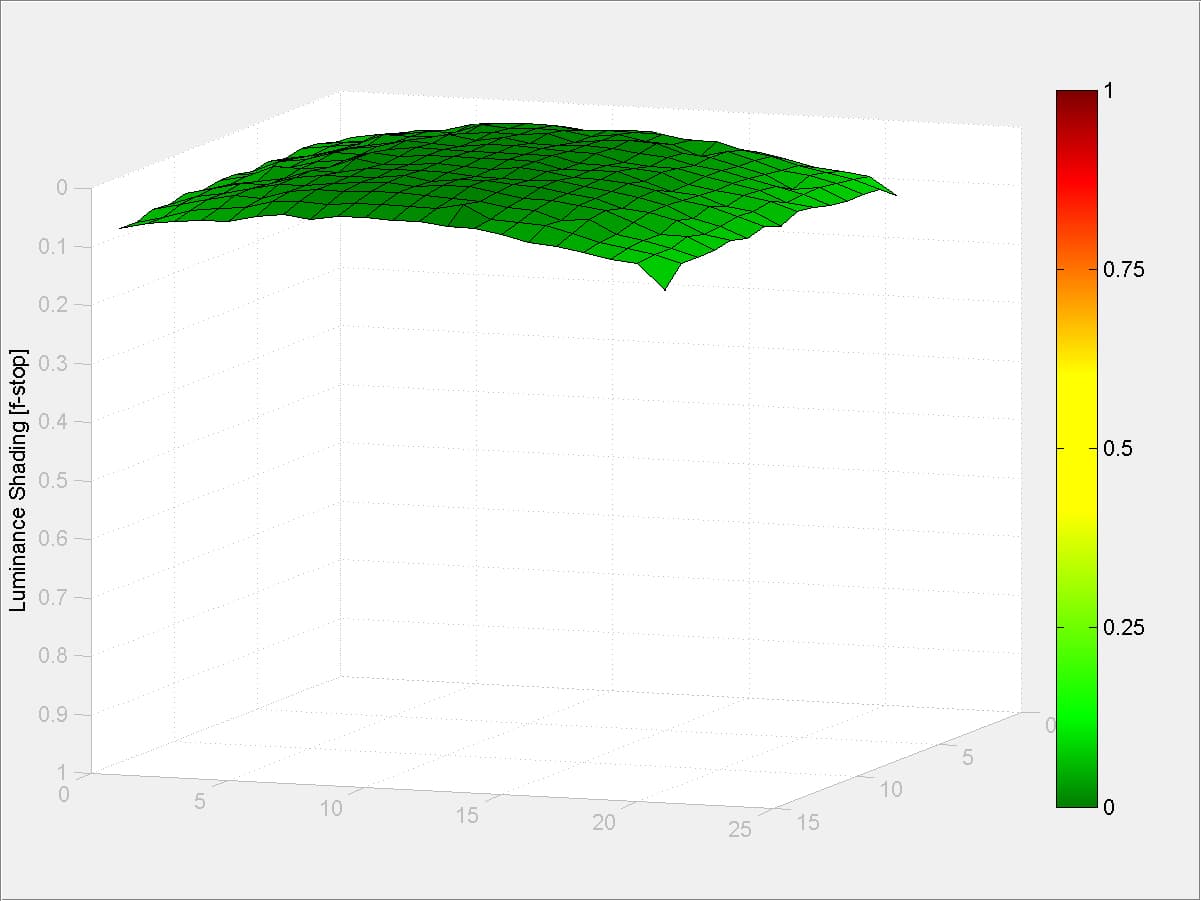
Nikkor Z 85mm f/1.8 S @ f/4
Curvilinear distortion
Telephoto primes are known to handle distortion well and this lens is a good example. Our distortion chart and test images reveal that barrel and pincushion distortion isn’t an issue, with horizontal and vertical lines being rendered perfectly straight just as they should be. Overall, a strong optical performance from the Nikkor Z 85mm f/1.8 S.

Nikkor Z 85mm f/1.8 S, -0.1% TV SMIA (Raw image, embedded lens correction profile applied)
Nikkor Z 85mm f/1.8 S review: Verdict
The Z 85mm f/1.8 S is a practical prime lens, capable of producing very attractive images paired with Nikon Z series cameras. It has a fairly long barrel, but this allows it to offer a large control ring and provides plenty for you to rest in your palm when it’s being supported handheld. Focusing is brisk and I found it to be particularly effective for portraiture when used with Eye Detection AF that’s available for Nikon Z 7/Z 6 cameras via the v2.0 firmware update.

The Z 85mm f/1.8 S has a fairly long barrel and simple, but effective design
One thing the lens isn’t is a bargain. It may have dropped in price from £799 to £709, but this is still more than many will be prepared to pay for an 85mm f/1.8 when there are cheaper alternatives available. Nikon’s F-mount AF-S 85mm f/1.8 G costs £384 and can be paired and used with Z series cameras successfully via the FTZ adapter (£269), presenting a saving of over £300 if the FTZ adapter has already been purchased.
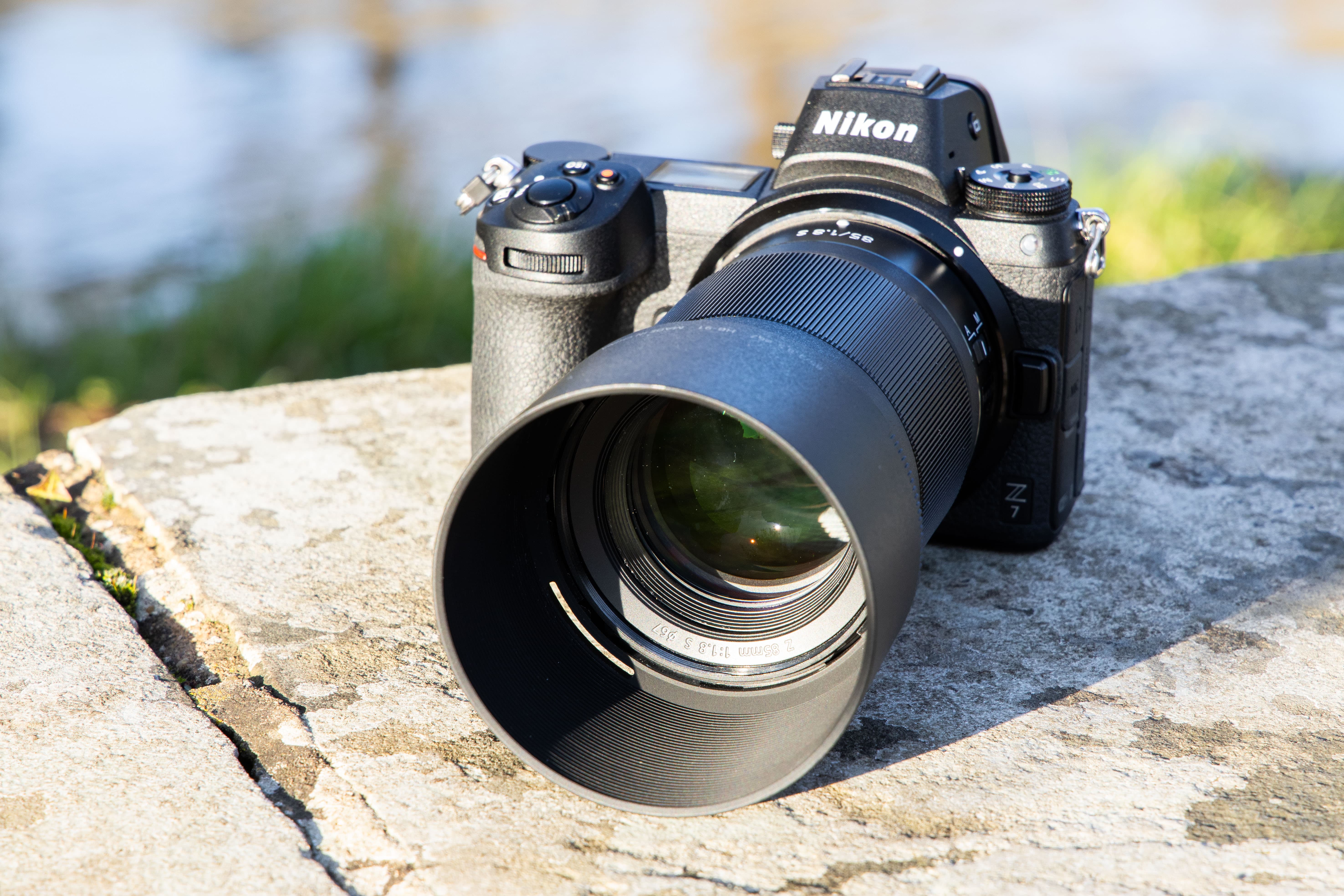
The Z 85mm f/1.8 S with the HB-91 lens hood attached
We may see the price drop substantially if Nikon decides to release a Z 85mm f/1.2 S lens in the future, but at the time of writing the Z 85mm f/1.8 S feels a tad overpriced even if it does deliver a stellar optical performance and excellent build quality.
